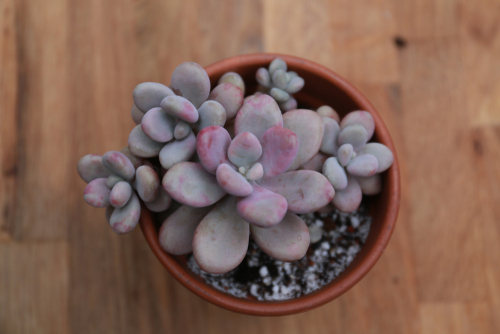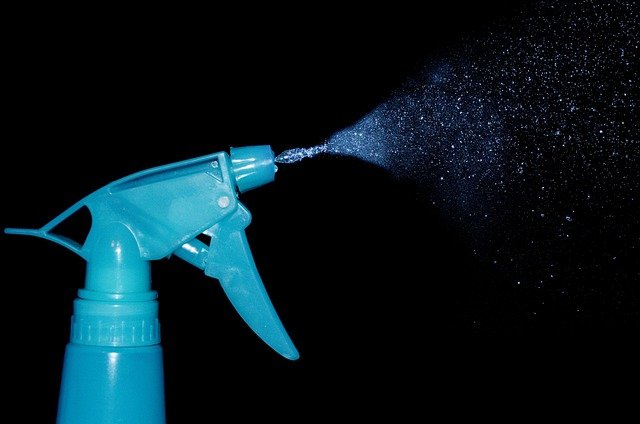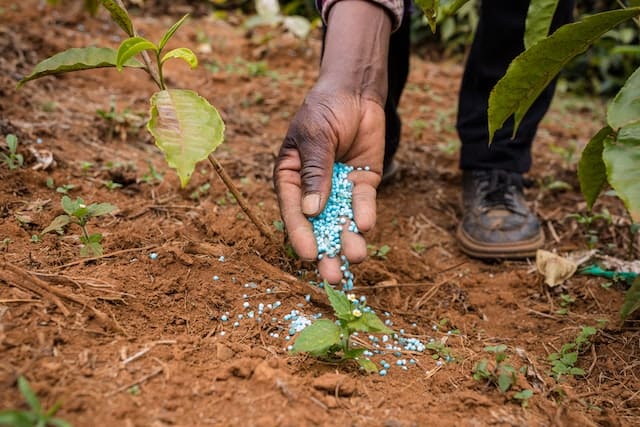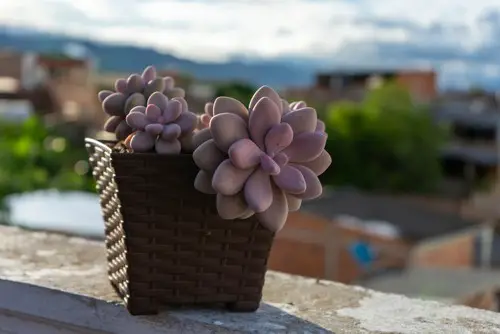The moonstone succulent is a peculiar, unique succulent plant that would make a great addition to anyone’s houseplant collection. The moonstone succulent’s scientific name is Pachyphytum Oviferum and it is relatively unfussy, low maintenance and easy to care for.
There’s just a few facets of this plant you should be aware of before taking on the challenge of caring for it.
See other related post:
This plant requires bright, indirect sunlight, little weather and good soil drainage. For optimal moonstone succulent care, you’ll want to ensure humidity is low to moderate.
To determine your plant’s watering needs, you should observe its leaves for signs of thirst. You should also beware of mealy bugs, a common pest of this plant.
Still have your interest piqued and want to bring this plant into your home, or even outside of your home? This article will equip you not only with a good understanding of the plant itself, but its various care needs and how to best maintain it for the smoothest experience possible during your growing fun.
About The Moonstone Succulent Care

The moonstone succulent enjoys being in USDA plant zones 9 and 10, however you should be careful to bring it inside during the winter season. These plants have egg-shaped leaves which gave the plant its name (oviferum).
These plants originated in Mexico, like most moonstone succulent species and have reddish-orange petals and sepal coloring similar to its leaves.
Temperatures For Growing Moonstone Succulents
You should try to keep your moonstone succulent in environments approximately 65-80 degrees Fahrenheit, although it can sustain itself in high heat.
It does not, however, survive well in cold temperatures and if it experiences frost, it will likely die. If you live in an area that does not reach temperatures below 50 degrees Fahrenheit, you can even plant it outdoors.
If your moonstone succulent ends up being exposed to frost, you can still try to revive them by wrapping towels around their bases to protect their roots from the cold air.
The plants will likely survive underneath the towels if snow isn’t left on top for too long. You can remove the towels from your plant once temperatures begin to warm up.
Humidity Requirements For Growing Moonstone Succulents

Humidity requirements for the moonstone succulent include drier air and humidity levels under 60% but above 20%. If you live in an area that is rather humid, you would likely do better by refraining from planting your moonstone succulent outside.
If you live in a more arid, drier region you would likely do well by planting this succulent into your landscaping.
Lighting Requirements For Growing Moonstone Succulents
When deciding where to plant your moonstone succulent, you should locate the sunniest spot possible for its new home unless your area tends to experience extremely hot temperatures (to avoid sunscald).
If you live in an area that sometimes gets extremely hot, you should try to plant your succulent in an area that has dappled shade during the afternoon and summer.
This plant thrives in bright light and partial shade, turkish green or yellow with longer leaves with white spots in lowly lit areas.
If you decide to plant this plant indoors you should try to plant it in a window so it can get as much bright indirect sunlight as possible without experiencing sunscald. If you have rooms with high ceilings a west-facing window is ideal.
If you decide to place this place near artificial light sources you should be mindful not to place them too close so as to avoid scorching the leaves.
Additionally, proper placement of your succulent will ensure its leaves do not lose too much moisture. Since these plants are sensitive and prone to sunburn and drying out, you should never place them under grow lights.
Watering Requirements For Growing Moonstone Succulents

Although these plants thrive in dry, arid areas, they still require water for their longevity. You should wait for the soil to dry out completely before you water them, and only water once a week to once every few weeks.
You should aim to mostly keep the soil dry; a way to do this is by placing rocks on top of the dirt, providing better drainage and preventing root rot.
Never water your moonstone succulent from the top because it will remain moist for too long. Instead, water them from below.
You should water this plant more during winter than in the summer months because winter months are when the moonstone succulent grows. Be careful not to overwater your plant to avoid root rot or issues with pests and diseases.
Soil Requirements For Growing Moonstone Succulents
For starters, you should always avoid planting your moonstone in any soil that retains moisture for an extended period of time to avoid root rot, as mentioned above.
Good options for a soil mixture include sand and regular potting mix, or sand and compost. However, you can also get by well on buying already made cactus/succulent potting mixes.
Fertilizing Your Moonstone Succulents

You generally don’t need to worry about fertilizing your moonstone, however you can do so once a month and it will respond positively to the extra nutrients.
If you want it to grow quickly and big in a short amount of time, you can feed it every three weeks. If your plant is an indoor plant, you should use liquid fertilizer that’s diluted by half with water.
If you opt to grow your moonstone outside without compost you will need to fertilize it in the summer every week, and the amount of fertilizer you should use varies depending on your succulents age, size and the type of fertilizer you’re using.
You should be mindful of overfeeding your succulent, as doing so can turn their leaves brown.
Summary
The moonstone succulent is a beautiful looking plant that would make a great addition to anyone’s home or work environment.
Now that you know it requires low to moderate humidity, some feeding during summer months, indirect bright sunlight, and keep its soil well-draining and don’t overwater it, you can easily be successful at growing this plant in or around your home.

Hey, I’m Lisa and I’ve been an avid gardener for over 30 years. I love writing, talking and living in the garden! Feel free to connect with me on my socials below

